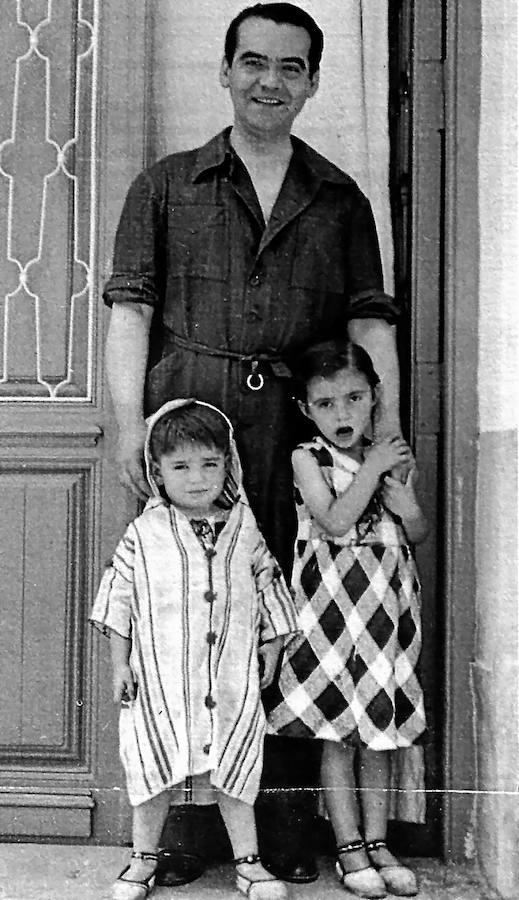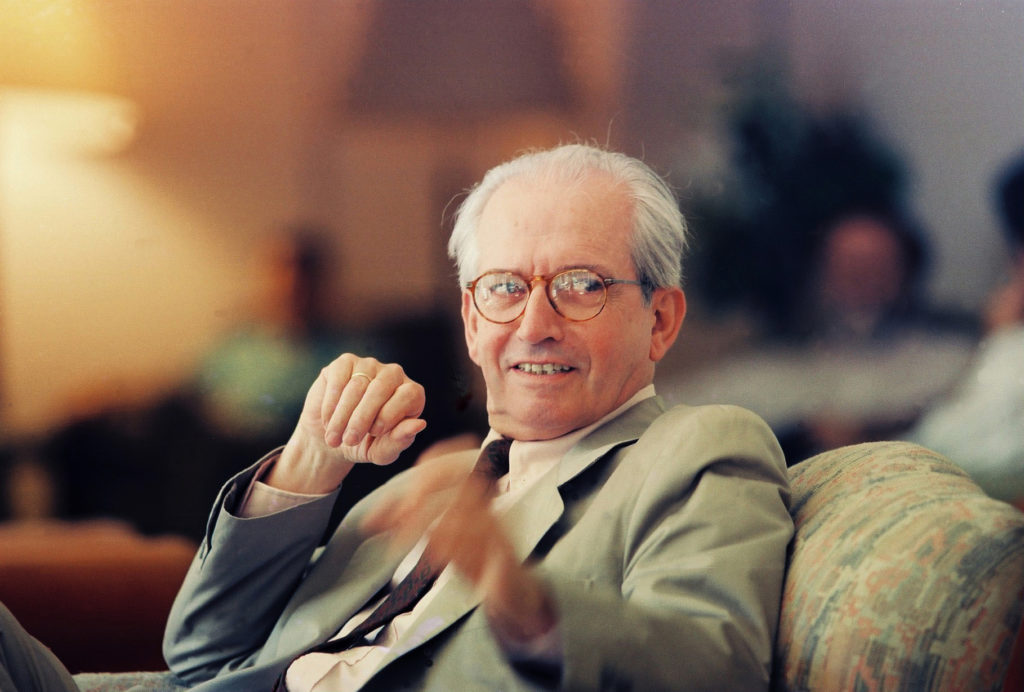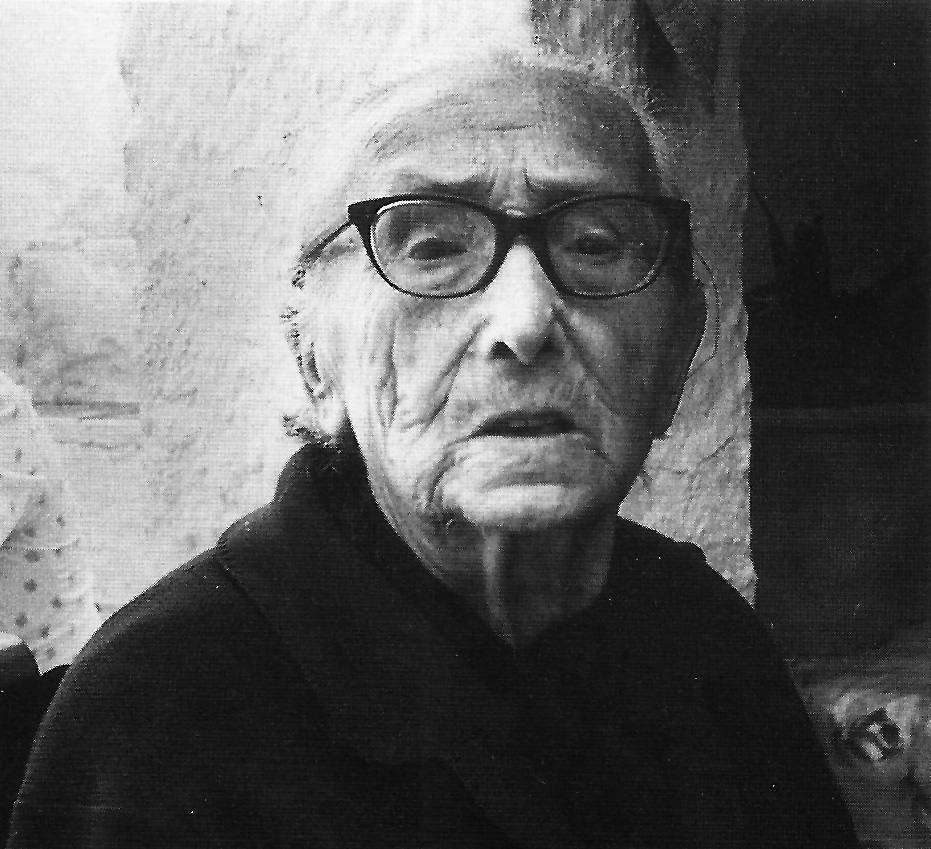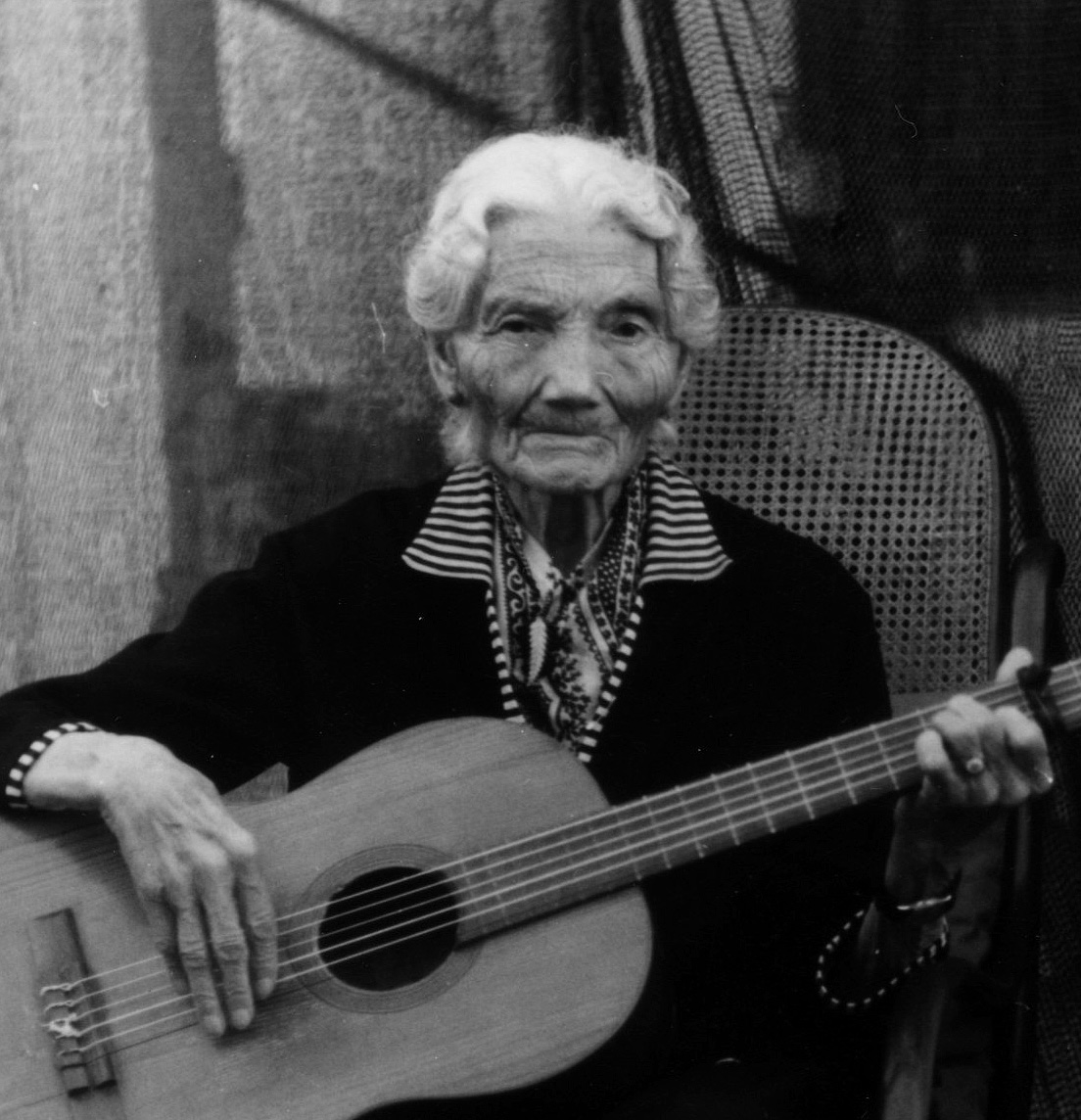Politician and trade unionist from Granada, nephew of Federico García Lorca. He was executor and spokesman for the poet’s heirs, as well as promoter, secretary and president of the Federico García Lorca Foundation.
He was born in Granada in 1932, son of Concha García Lorca and Manuel Fernández-Montesinos Lustau, doctor and mayor of Granada until July 1936, when he was shot by the rebels at the walls of the Cemetery of San José in Granada. Brother of Vicenta, Tica, born in Granada in 1930, and Concha Fernández-Montesinos (Granada, 1936-Madrid, 2015).
When his father and uncle were murdered he was only four years old, but he witnessed the searches of the Huerta de San Vicente by groups of Falange gunmen and militias. A photograph of Federico with his nephews Manuel and Vicenta, Tica, taken in the Huerta de San Vicente farmhouse by Eduardo Blanco-Amor is preserved and gives an idea of the peacefulness of the family summers in the country house located on the outskirts of Granada and of Federico’s love for his nephews before the war catastrophe, the fierce repression and the exile.
When his father and uncle were murdered he was only four years old, but he witnessed the searches of the Huerta de San Vicente by groups of Falange gunmen and militias.
After the harsh events of the summer of 1936, the surviving members of the family moved to a three-story house located on Calle Manuel del Paso, which they abandoned when news of the defeat of the Republic reached them. From Granada they traveled to Madrid and there they waited almost a year for passports until August 1940 when they were able to embark for America. At the beginning of his memoirs, entitled What Live Inside Us, Fernández-Montesinos recalls the words of his grandfather Federico García Rodríguez in the port of Bilbao before starting the crossing aboard the Marqués de Comillas: “I don’t want to return to this fucking country in my life”. Manuel was eight years old. In New York, where his aunt and uncle were already, Francisco and Isabel adapted more easily than the adults to life in exile: to school, to culture and to the new language. Manuel translated the radio report of World War II to his grandfather, who was still hopeful that the victory of the Allies would mean the liberation of Spain.

At the age of 19 he returns with his family to Spain and discovers with perplexity the miserable living conditions of the long postwar period. His grandfather Federico had died in New York in 1945 and, according to his wishes, he was buried there. The family rescued the belongings he had left behind in a furniture repository, as well as his uncle’s library, which is now kept in the Federico García Lorca Center in Granada.
Fernández-Montesinos studies Law and becomes a regular in student demonstrations against the Dictatorship, which costs him arrests and a stay in jail. He went to Germany to obtain his doctorate. He lives there for twelve years, during which he participates in the clandestine defense of Spanish workers in Germany in the metallurgical union.
On behalf of the family he opposed the search for the remains of the poet and supported the idea that they remain in the area of the murder, between Víznar and Alfacar, to preserve this space as a place of collective, public and civil memory.
In 1962, Concha, his mother, died in a tragic car accident on her way back from Valderrubio. In 1965, he was arrested again for his political activity. In 1976, a few months after the death of his uncle Francisco García Lorca from a heart attack, he participated in the first tribute to Federico, held in Fuente Vaqueros on June 5 at 5 o’clock, after the death of the dictator. A tribute organized by the Democratic Board that lasted half an hour (it was the authorized time). Manuel Fernández-Montesinos read an emotional text that he could not finish when he was interrupted by the government authority that scrupulously ensured that the speakers did not exceed the 30 minutes of freedom allowed: “Federico García Lorca is also one more among millions of victims of a civil war, a civil war during which they wanted to destroy in our country even the artistic creation, the only thing that between the decadence and the meanness of the centuries, made it possible for the name of Spain to be on the same level as the other peoples of the world”. And he continued: “There were many who confused the homeland with a colorful cloth, with pompous portraits of uniformed individuals […]. For us the homeland is the Gypsy Ballads, the homeland is Moon Expert, My Voice because of You, es Sailor on Land and so many other creations of the spirit that led Federico García Lorca to say in a letter to Miguel Hernández: “”Today, the most beautiful literature in Europe is being produced in Spain.”.

A year later, in 1977, he became a member of the PSOE in the first democratic parliament while studying Hispanic Philology at the Complutense University of Madrid. In 1979, he abandoned political activity to devote himself to the Federico García Lorca Foundation, of which he was first secretary and then president until he retired in 2006. In 1983, we owe to him the publication of the Sonnets of Dark Love. He was the author of New York in a Poet (1990), Federico García Lorca at the Residencia de Estudiantes (Students’ Residence), 1919-1928 (1991), and What Live in Us (2008), his autobiography, finalist for the Comillas Award.
On behalf of the family, he opposed the search for the poet’s remains and supported the idea that they remain in the area of the murder, between Víznar and Alfacar, in order to preserve this space as a place of collective, public and civil memory.
In his last years he lived in Madrid, with his wife, Ana Gurruchaga, and their two daughters, in a house with a courtyard where he claimed to have trees and plants from cuttings brought from the San Vicente Farmhouse. He died in that city at the age of eighty, in January 2013.


